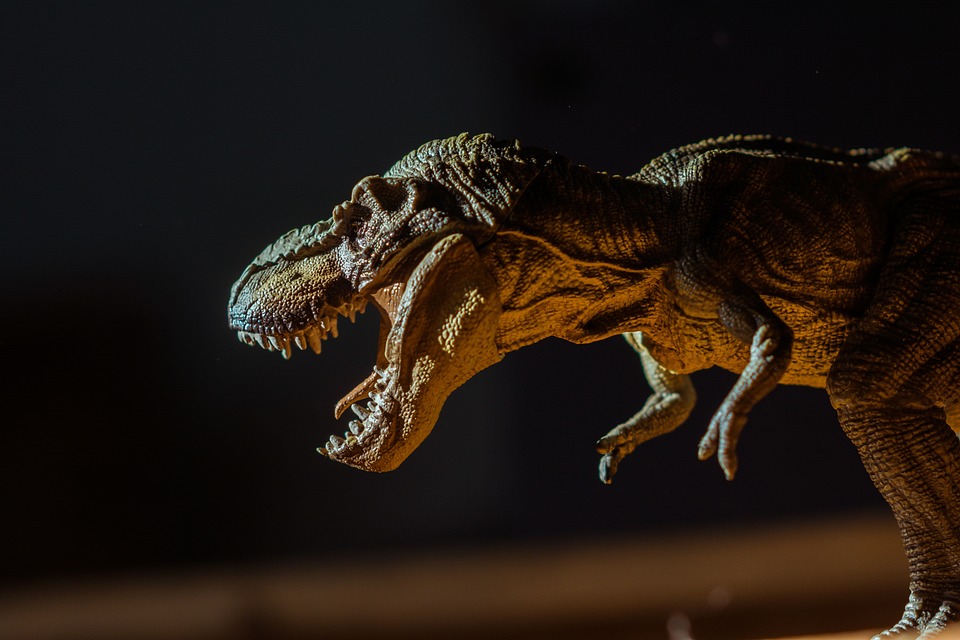Neon tetras are popular freshwater aquarium fish known for their vibrant colors and peaceful nature. However, like any other fish, they are susceptible to various diseases. One of the most common and concerning ailments that can affect neon tetras is the Neon Tetra Disease (NTD). In this article, we will delve into the causes, symptoms, and treatment options for this disease to help you provide the best care for your neon tetras.
What is Neon Tetra Disease (NTD)?
NTD, also known as Pleistophora disease or Neon Tetra Parasitic Necrotic (NTPN), is a contagious and deadly condition that specifically affects neon tetras and other small fish species. It is caused by a microscopic parasite called Pleistophora hyphessobryconis, which invades the muscles and internal organs of the fish, leading to severe damage and eventual death.
Causes of Neon Tetra Disease
The primary cause of NTD is the presence of the Pleistophora hyphessobryconis parasite in the aquarium. It can enter the tank through infected fish, contaminated water, or even by introducing new plants or equipment that may carry the parasite. Stressful conditions, such as poor water quality, overcrowding, and improper nutrition, can weaken the immune system of neon tetras, making them more susceptible to NTD.
Symptoms of Neon Tetra Disease
Identifying the symptoms of NTD is crucial for early detection and prompt treatment. Here are some common signs to watch out for:
1. Color Fading: Infected neon tetras may experience a loss of color intensity, appearing pale or washed out compared to healthy individuals.
2. Lethargy and Loss of Appetite: Affected fish will exhibit a lack of energy, reduced swimming activity, and a decreased interest in food.
3. Abnormal Swimming Patterns: Infected neon tetras may display erratic or uncoordinated swimming movements, often swimming in a disoriented manner.
4. Deformed Body: As the disease progresses, the fish may develop a curved spine, bloating, or unusual lumps on its body.
5. White Lesions: White cysts or nodules may appear on the skin or fins of infected neon tetras, indicating the presence of the parasite.
Treatment Options for Neon Tetra Disease
Unfortunately, there is no known cure for NTD, and infected fish rarely survive. However, there are steps you can take to minimize the spread of the disease and improve the overall health of your neon tetras:
1. Isolate Infected Fish: As soon as you notice symptoms, promptly move the infected neon tetras to a separate quarantine tank to prevent the spread of the disease to healthy individuals.
2. Improve Water Conditions: Maintain optimal water parameters by regularly testing and adjusting the temperature, pH, ammonia, nitrite, and nitrate levels. Clean the tank regularly and ensure efficient filtration to reduce stress on the fish.
3. Boost the Immune System: Provide a balanced diet rich in essential nutrients, including high-quality commercial fish food, live or frozen foods, and vitamin supplements. A healthy immune system can help neon tetras fight off infections better.
4. Disinfect Equipment: If you suspect NTD in your tank, disinfect all equipment, including nets, heaters, and filters, before using them in another aquarium. This helps prevent the spread of the parasite.
FAQs (Frequently Asked Questions)
1. Can neon tetras recover from Neon Tetra Disease?
Unfortunately, neon tetras rarely recover from NTD once they are infected. The disease is usually fatal.
2. Can Neon Tetra Disease spread to other fish species?
NTD is primarily contagious to neon tetras and closely related species. However, it is always advisable to monitor other fish in the tank closely for any signs of illness.
3. How can I prevent Neon Tetra Disease in my aquarium?
Maintaining optimal water quality, providing a balanced diet, and avoiding overcrowding are crucial preventive measures. Additionally, quarantining new fish and disinfecting equipment before introducing them to the tank helps minimize the risk of disease transmission.
4. Are there any alternative treatments for Neon Tetra Disease?
Currently, there are no proven alternative treatments for NTD. It is best to focus on prevention and providing optimal care for your neon tetras.
Remember, early detection and appropriate actions are essential in managing Neon Tetra Disease. By maintaining a clean and stress-free environment for your neon tetras, you can significantly reduce the risks of this devastating disease and ensure the overall well-being of your aquatic pets.









